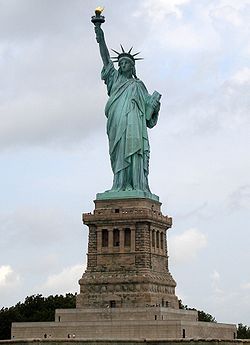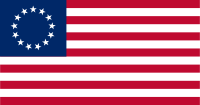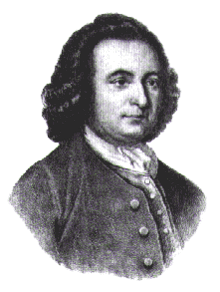This is your morning Open Thread. Pour your favorite beverage and review the past and comment on the future.
Find the past “On This Day in History” here.
Click on images to enlarge.
June 20 is the 171st day of the year (172nd in leap years) in the Gregorian calendar. There are 194 days remaining until the end of the year.
On leap years, this day usually marks the summer solstice in the northern hemisphere and the winter solstice in the southern hemisphere.
On this day in 1789, Third Estate makes Tennis Court Oath.
In Versailles, France, the deputies of the Third Estate, which represent commoners and the lower clergy, meet on the Jeu de Paume, an indoor tennis court, in defiance of King Louis XVI’s order to disperse. In these modest surroundings, they took a historic oath not to disband until a new French constitution had been adopted.
Louis XVI, who ascended the French throne in 1774, proved unsuited to deal with the severe financial problems he had inherited from his grandfather, King Louis XV. In 1789, in a desperate attempt to address France’s economic crisis, Louis XVI assembled the Estates-General, a national assembly that represented the three “estates” of the French people–the nobles, the clergy, and the commons. The Estates-General had not been assembled since 1614, and its deputies drew up long lists of grievances and called for sweeping political and social reforms.
The Tennis Court Oath (French: serment du jeu de paume) was a pivotal event during the first days of the French Revolution. The Oath was a pledge signed by 576 of the 577 members from the Third Estate who were locked out of a meeting of the Estates-General on 20 June 1789 so they made a makeshift conference room inside a tennis court.
In 17 June 1789 this group, led by Honoré Gabriel Riqueti, began to call themselves the National Assembly. On the morning of 20 June, the deputies were shocked to discover that the chamber door was locked and guarded by soldiers. Immediately fearing the worst and anxious that a royal attack by King Louis XVI was imminent, the deputies congregated in a nearby indoor real tennis court where they took a solemn collective oath “not to separate, and to reassemble wherever circumstances require, until the constitution of the kingdom is established” It later transpired that the most probable reason why the hall was closed was that the royal household was still in mourning the death of the Dauphin (the king’s oldest son) two weeks earlier; ordinarily, political matters could not be conducted until the King had emerged from mourning. The oath is therefore a contentious point in French political history, since pro-monarchists then and now characterize it as a duplicitous and hysterical over-reaction which deliberately made capital out of a private tragedy in the royal family. Other historians have argued that given political tensions in France at that time, the deputies’ fears, even if wrong, were reasonable and that the importance of the oath goes above and beyond its context.
The deputies pledged to continue to meet until a constitution had been written, despite the royal prohibition. The oath was both a revolutionary act, and an assertion that political authority derived from the people and their representatives rather than from the monarch himself. Their solidarity forced Louis XVI to order the clergy and the nobility to join with the Third Estate in the National Assembly.
The only deputy recorded as not taking the oath was Joseph Martin-Dauch from Castelnaudary. He can be seen on the right of David’s sketch, seated with his arms crossed and his head bowed.










Recent Comments